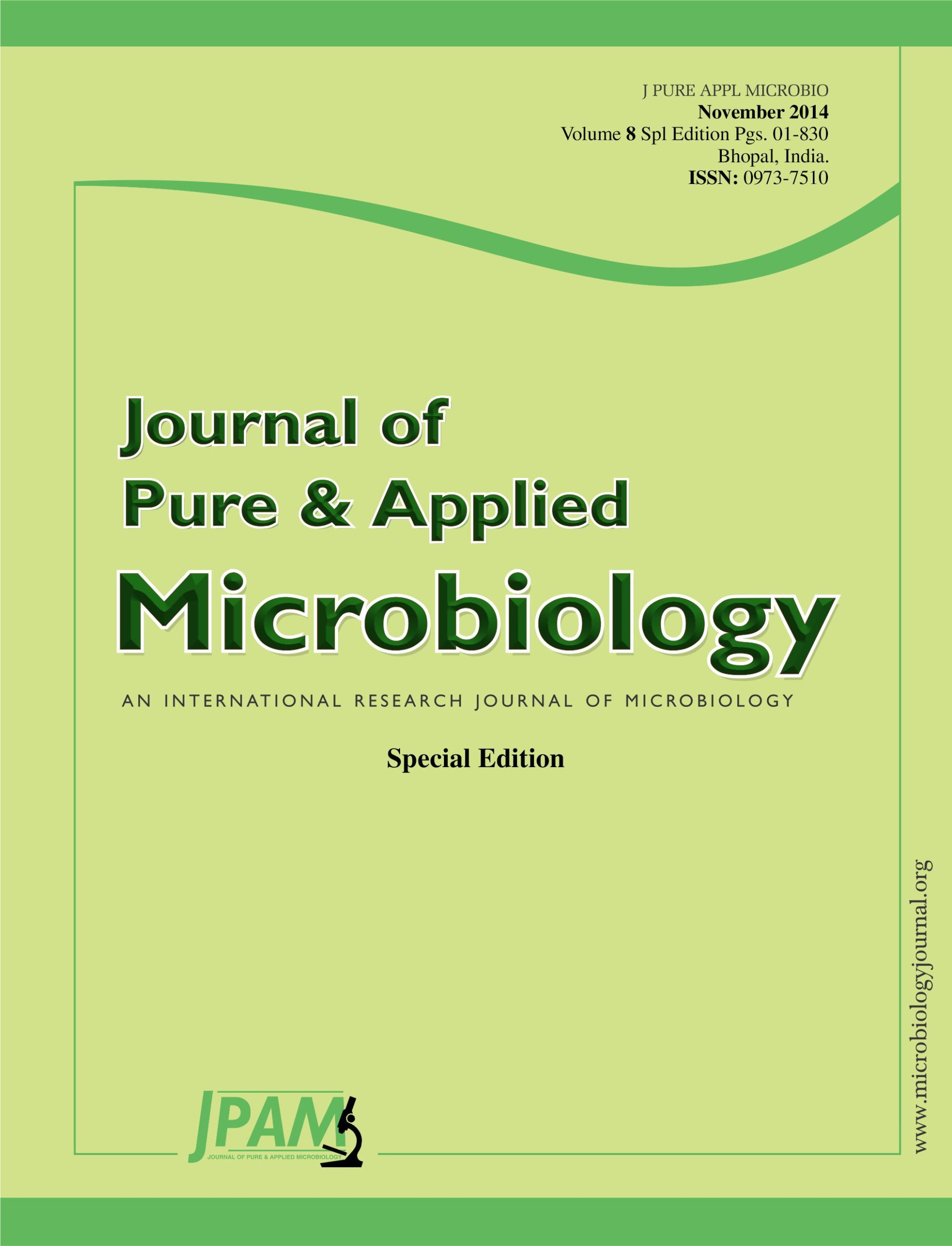Sixty three actinobacteria were isolated from Limestone quarries of Deccan Traps from South India. The isolates were identified by morphological, biochemical and physiological studies. Among these, six isolates were selected on the basis of their amylolytic activity using submerged cultivation. The potential isolates exhibiting amylolytic activity were DRQ10, DRQ20, DRQ86, DRQ33, DRQ41, and DRQ63 as confirmed by formation of clear zones of starch hydrolysis around the colonies, with maximum activities 2500, 1100, 1200, 1150, 1250, 1400, and 1600 Units, respectively, as determined by DNS (3, 5-dinitrosalicylic acid) assay method. Various physicochemical parameters such as pH, temperature, incubation time were optimized for the production of amylase. Amylase production was maximum on 4th day of incubation. The optimum pH and temperature were found to be 9.0 and 45 oC, and NaCl concentration of 3M for the potential amylolytic isolates. The carbon and nitrogen source for the production of amylase was starch and peptone, respectively.
Actinobacteria, Amylase, Limestone quarries, Deccan traps
© The Author(s) 2014. Open Access. This article is distributed under the terms of the Creative Commons Attribution 4.0 International License which permits unrestricted use, sharing, distribution, and reproduction in any medium, provided you give appropriate credit to the original author(s) and the source, provide a link to the Creative Commons license, and indicate if changes were made.


